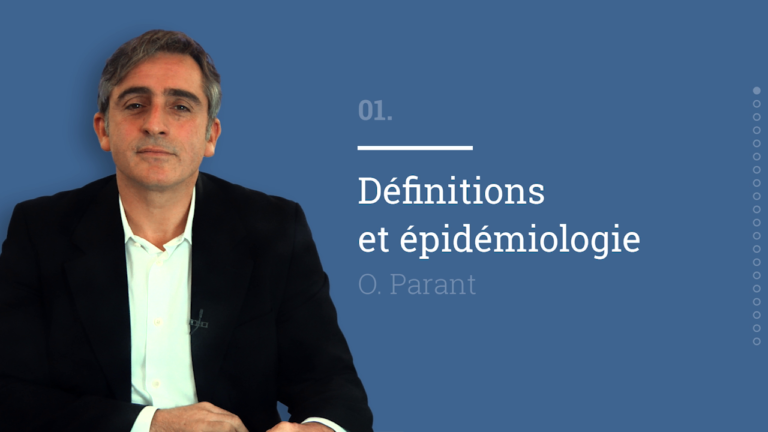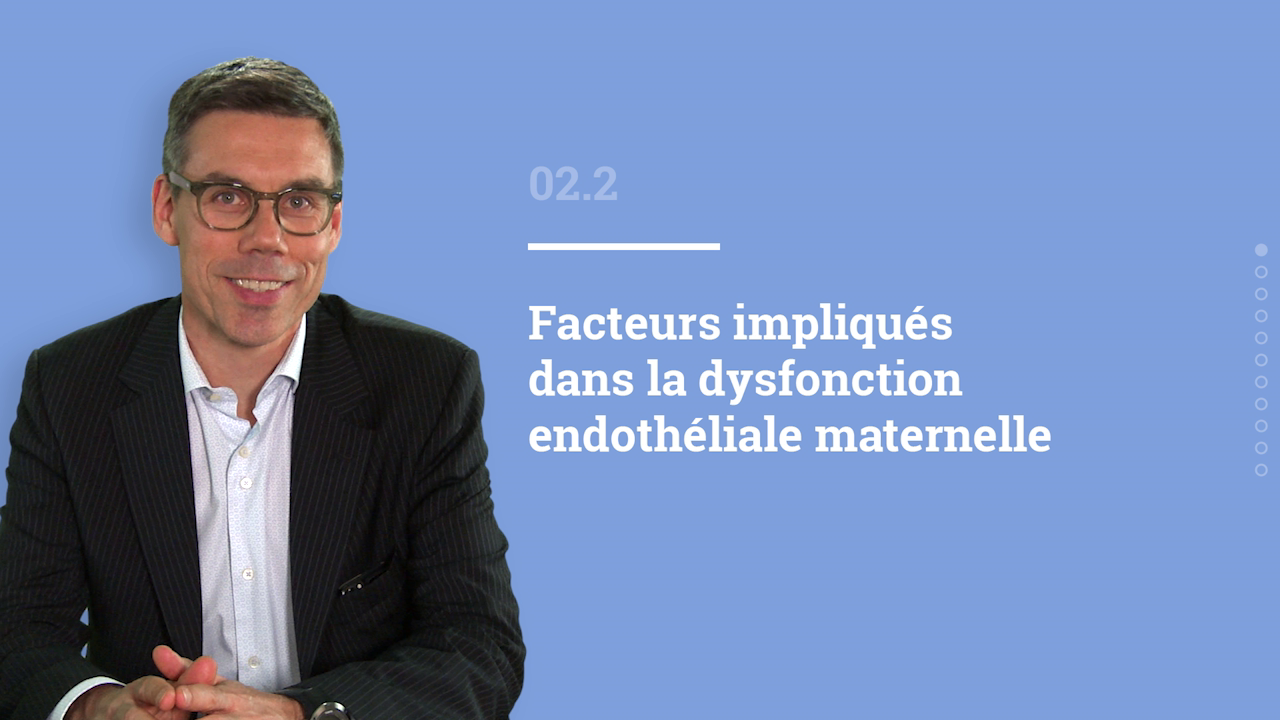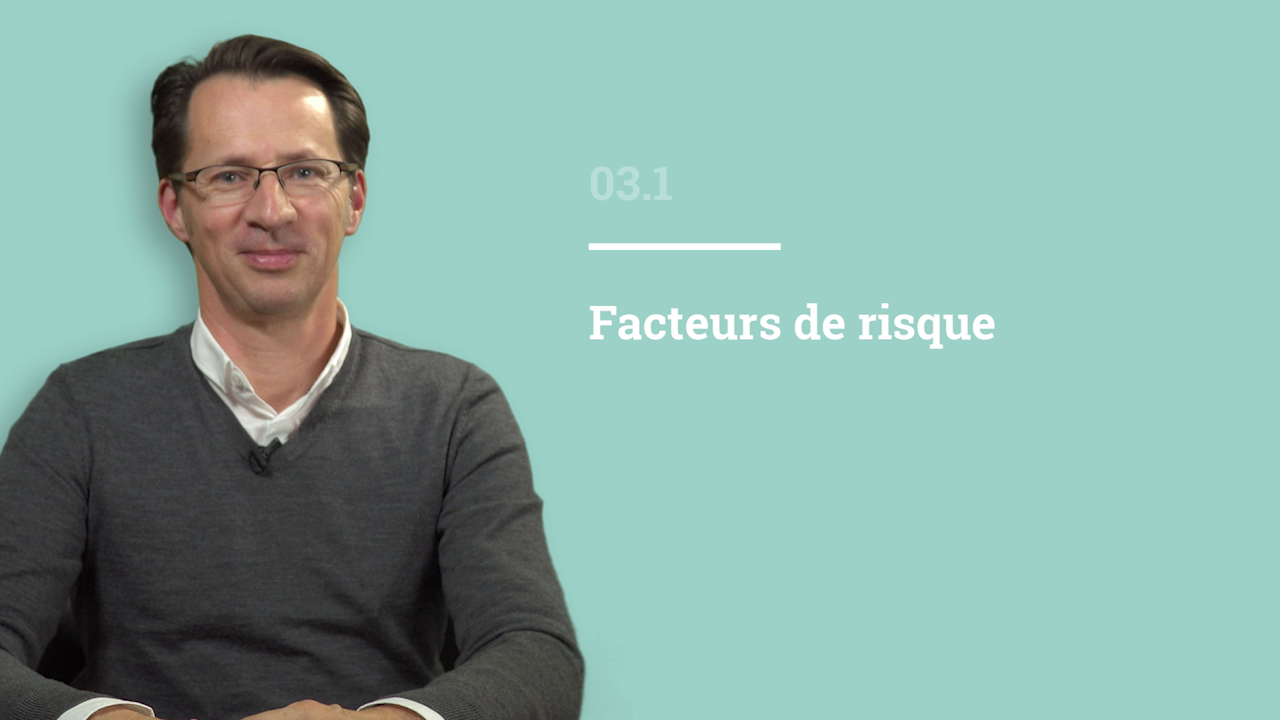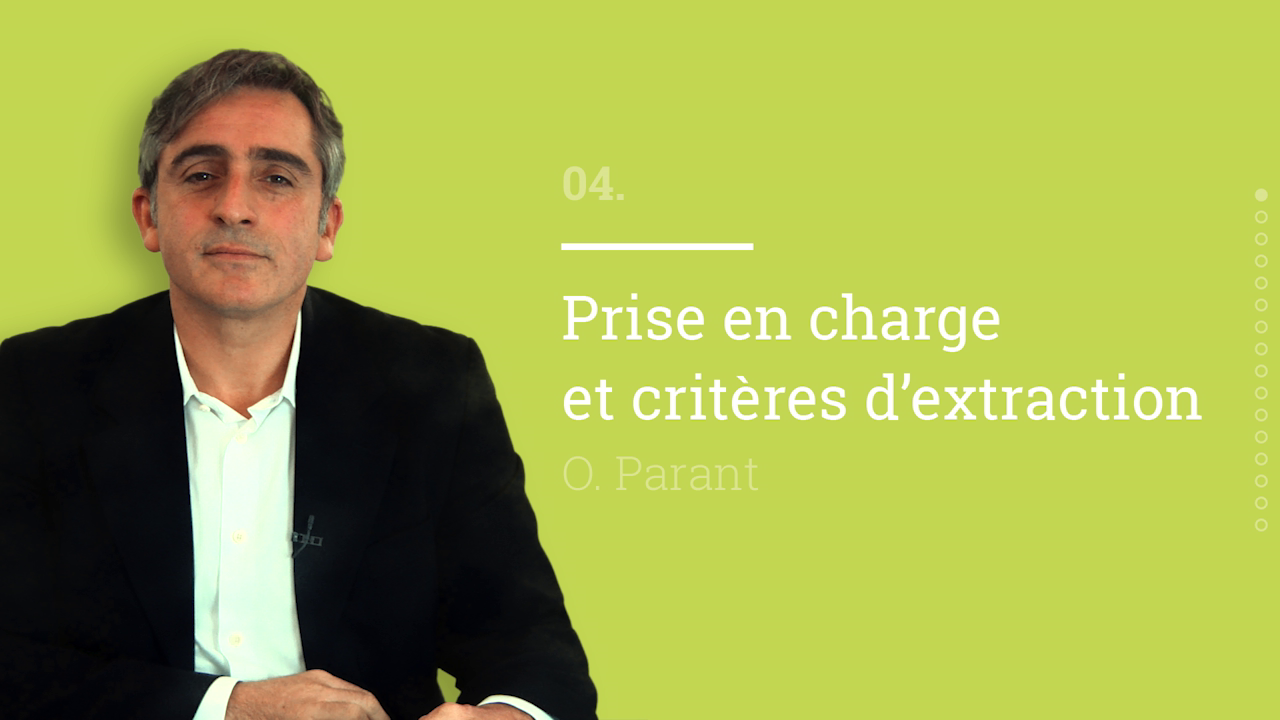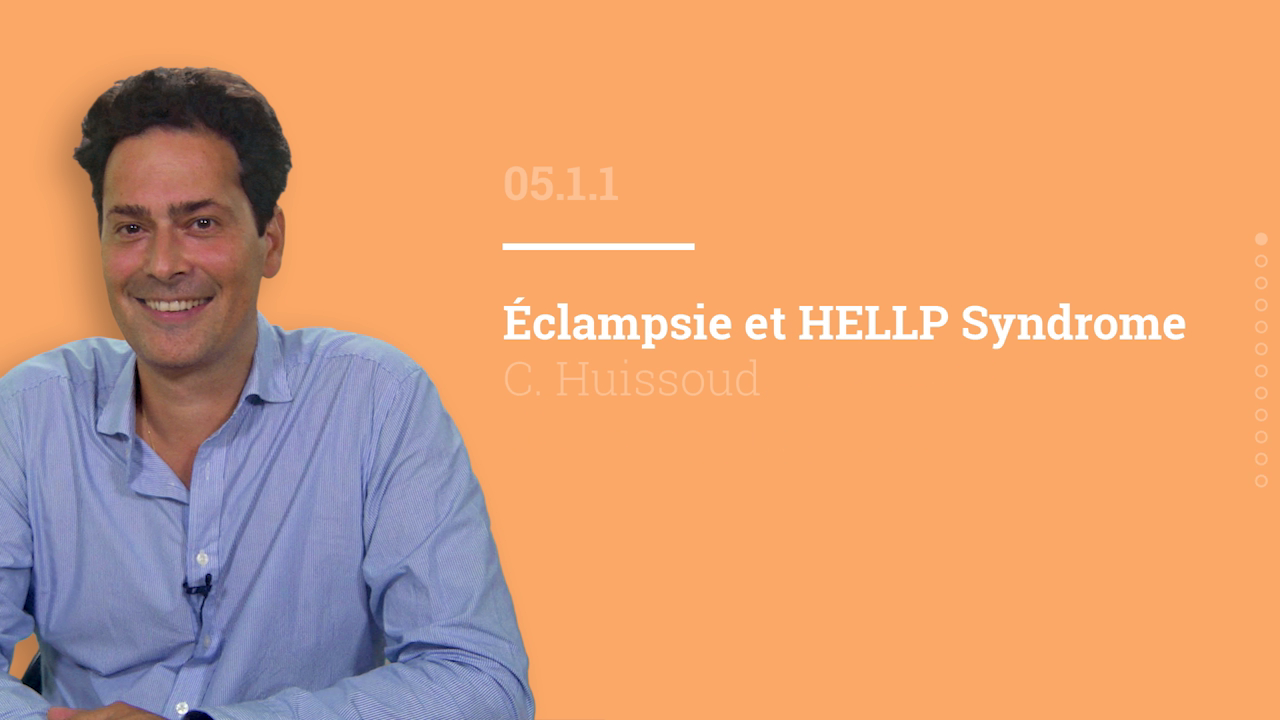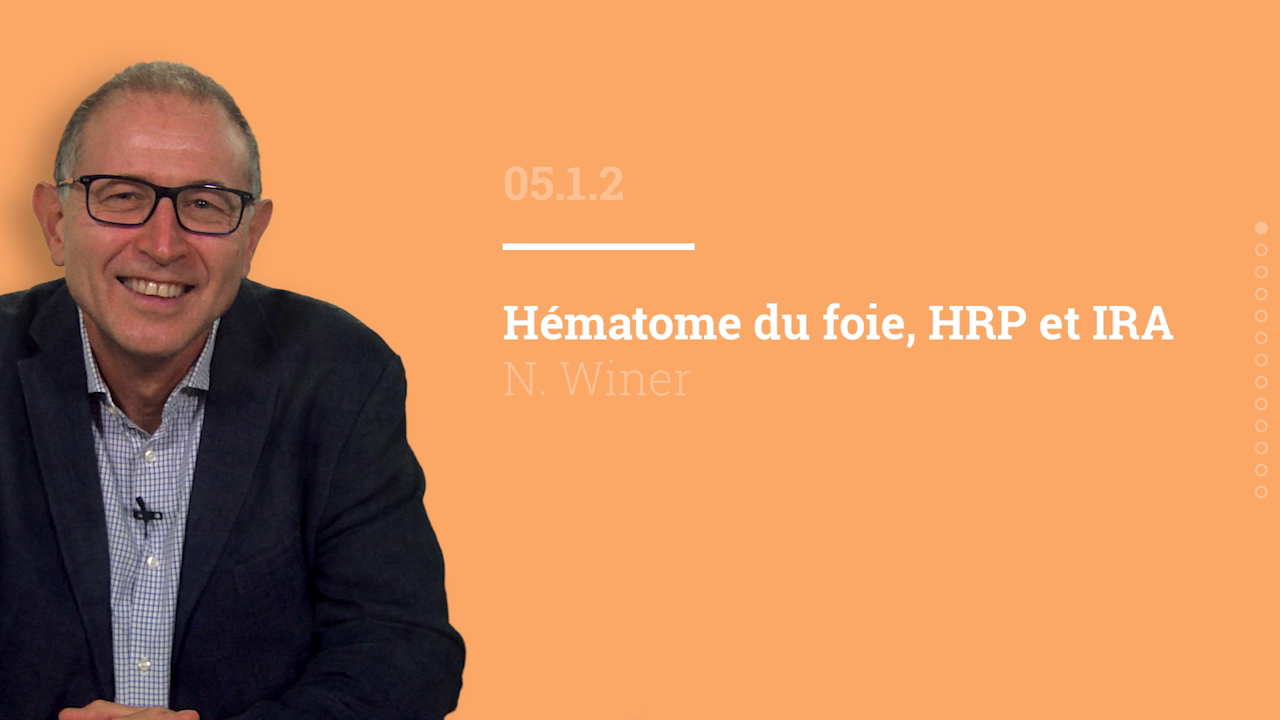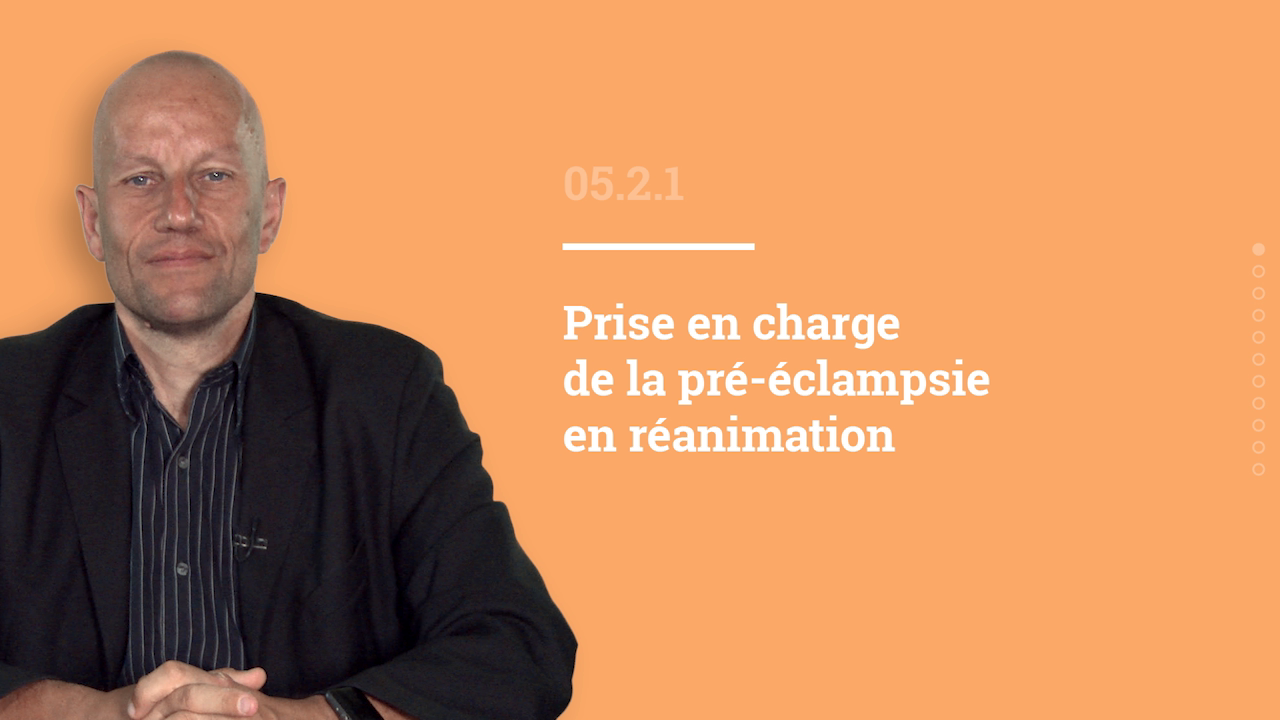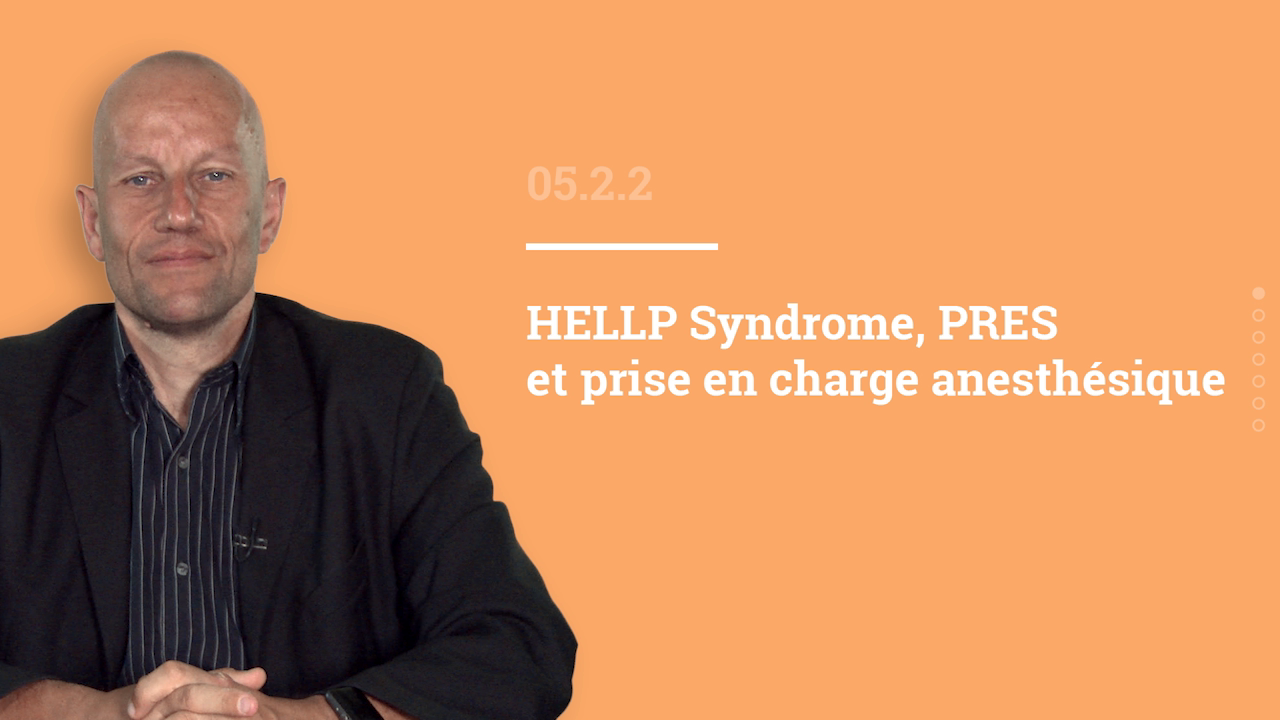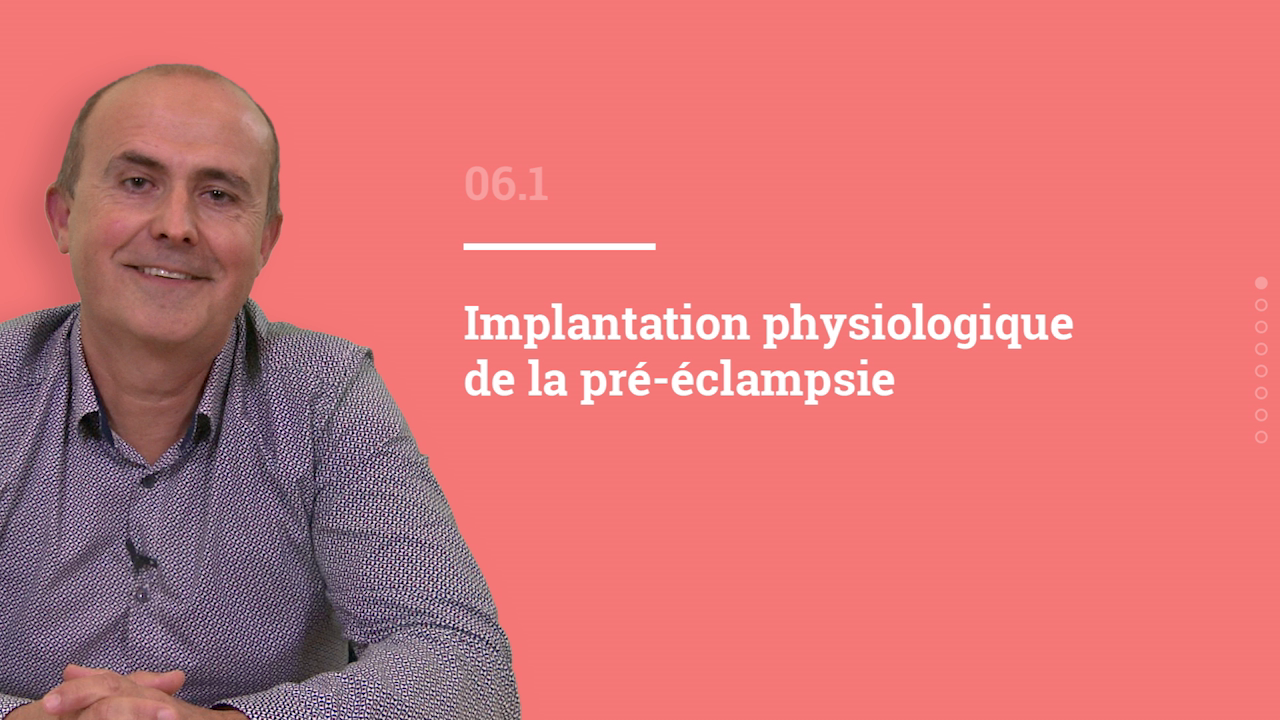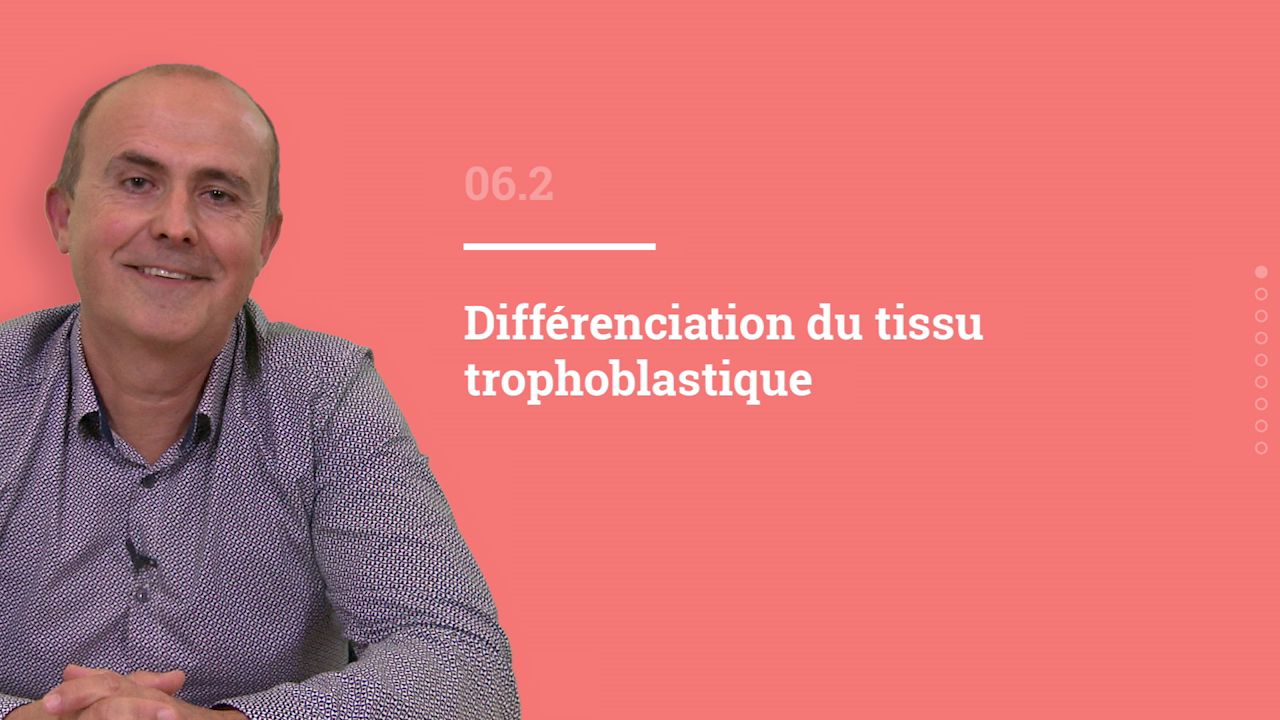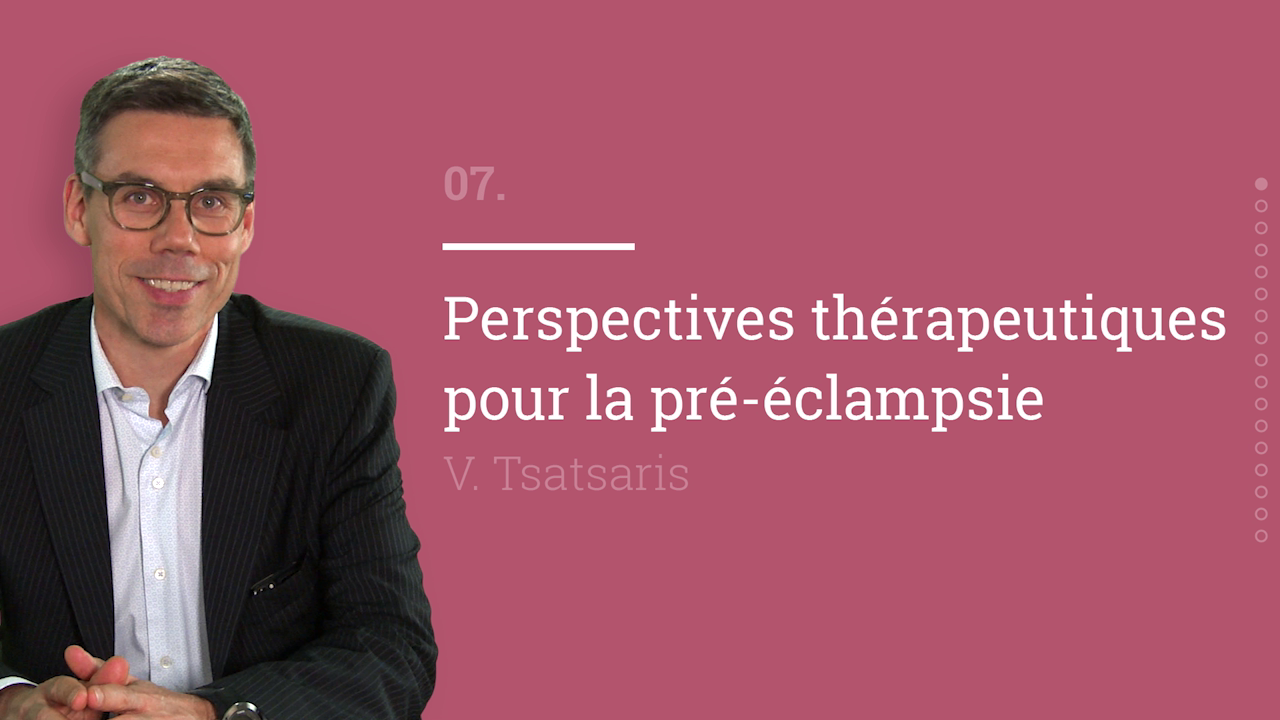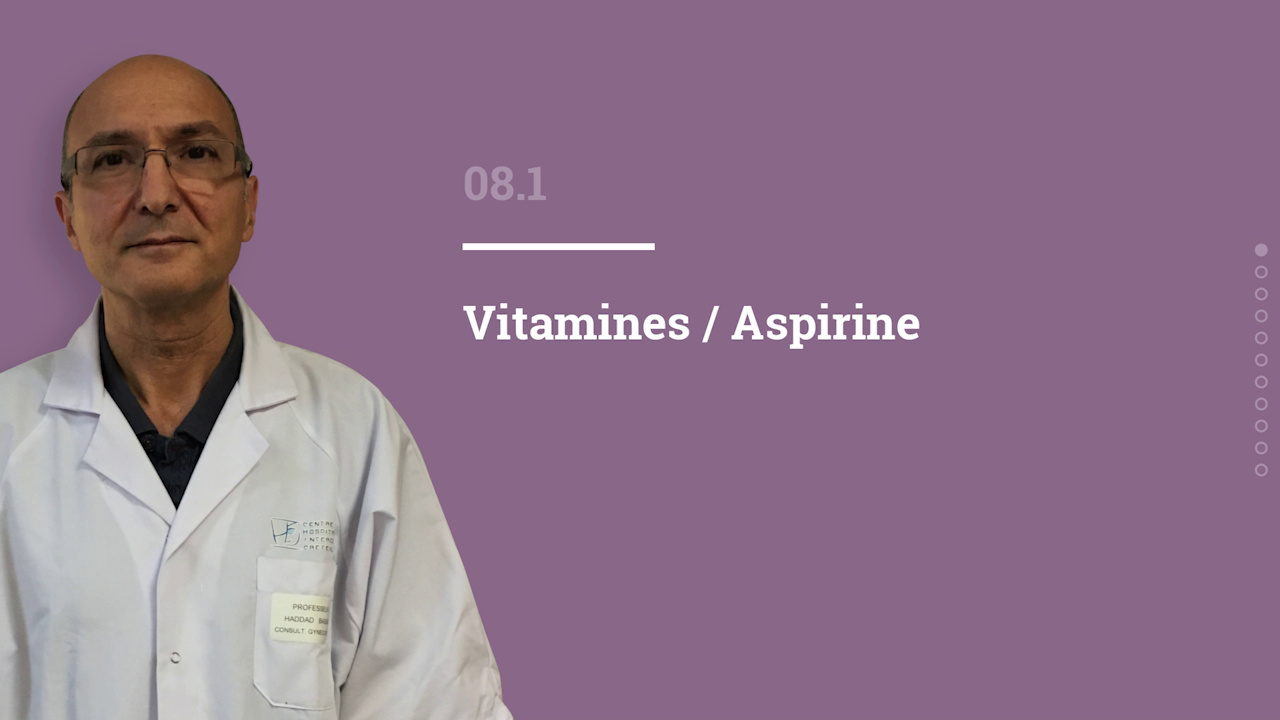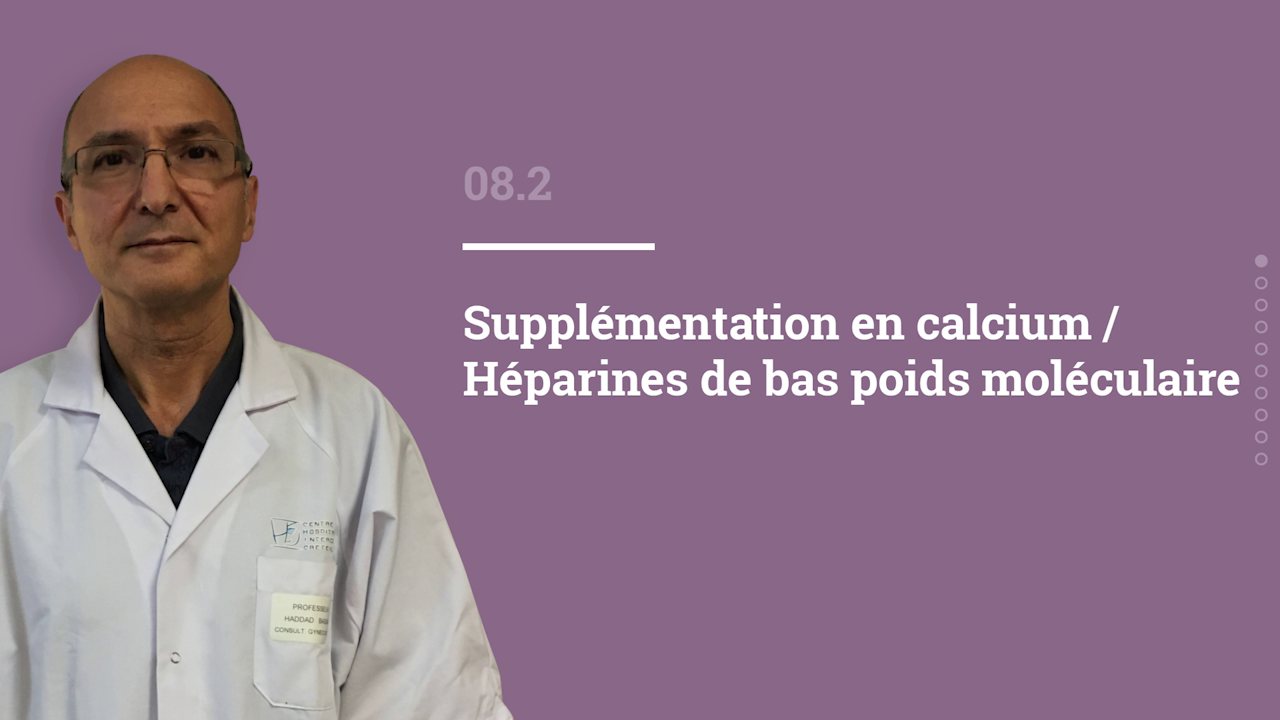The MOOC on preeclampsia updates knowledge and understanding and introduces the latest developments in this field.
At present, this MOOC is available in French.
Preeclampsia is one of the main complications of pregnancy and may have serious consequences for mother and fetus alike. Treatment tools and modalities are constantly evolving and so healthcare professionals are in need of regular updates.
This MOOC, the first on preeclampsia, has been created by 8 French expert obstetrician-gynecologists, anesthetists, intensivists, and medical technologists. Recent data on preeclampsia are presented, thus highlighting what clinicians must know about diagnosis, management, and the latest innovations in the field.
Eight chapters (total time = 2 h 55 min, in French):
Chapter 1: Definition and epidemiology of preeclampsia (O. Parant). (11:50)
Chapter 2: Pathophysiology of preeclampsia (V. Tsatsaris):
- Part 1: From impaired placentation to preeclampsia (11:24)
- Part 2: Factors involved in maternal endothelial dysfunction (13:43)
Chapter 3: Risk factors and severity criteria for preeclampsia (F. Perrotin):
- Part 1: Risk factors (13:03)
- Part 2: Prediction of complications (16:27)
Chapter 4: Management and delivery criteria (O. Parant) (10:29)
Chapter 5: Management of severe preeclampsia:
Obstetrics:
- Part 1: Eclampsia and HELLP Syndrome (C. Huissous) (9:02)
- Part 2: Liver hematoma, retroplacental hematoma, and acute renal failure (N. Winer). (10:46)
Anesthetics and intensive care (A. Mignon)
- Part 1: Treatment of preeclampsia in the intensive care unit (11:32)
- Part 2: HELLP syndrome, posterior reversible encephalopathy syndrome, and management of anesthesia (11:46)
Chapter 6: Placental biomarkers of preeclampsia (J. Guibourdenche)
- Part 1: Physiology of preeclampsia (10:27)
- Part 2: Differentiation of trophoblastic tissue (7:09)
Chapter 7: Therapeutic perspectives in preeclampsia (V. Tsatsaris) (14:41)
Chapter 8: Prevention of preeclampsia (B. Haddad)
- Part 1: Vitamins / Aspirin (10:56)
- Part 2: Calcium supplementation / low-molecular-weight heparin (11:44)
